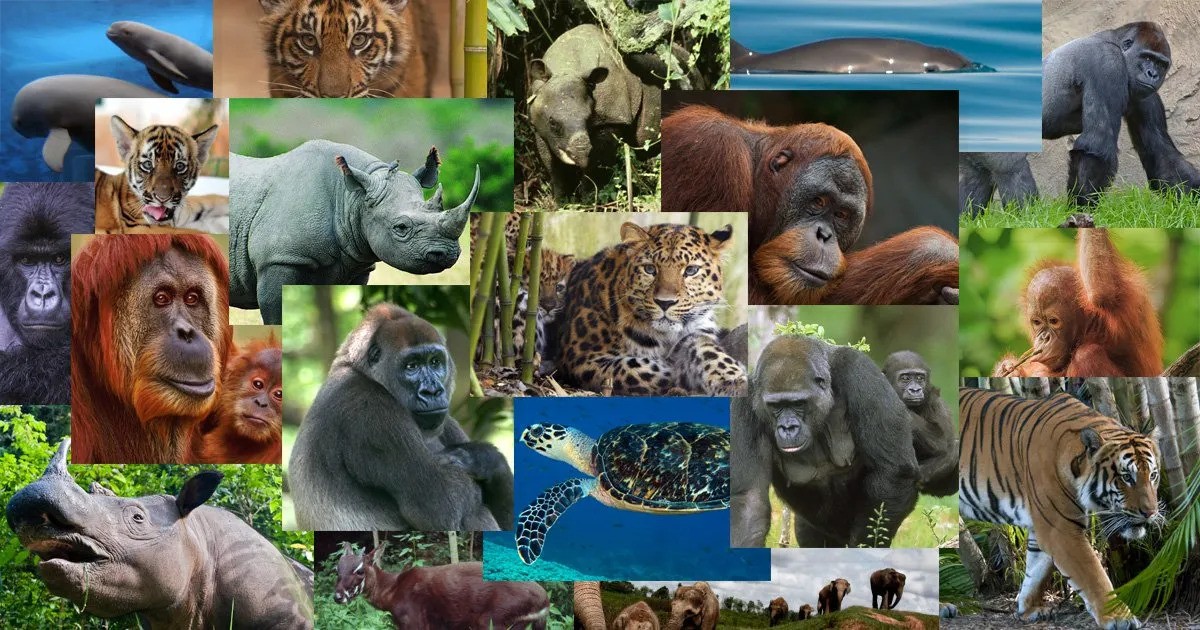In the intricate tapestry of the natural world, survival is the ultimate game. Animals, ranging from the tiniest insects to the largest predators, have evolved a myriad of strategies to thrive in their environments. At the heart of many of these strategies lie the senses – the remarkable faculties that allow animals to perceive and interact with their surroundings. In this blog, we’ll delve into the fascinating world of tiere wissen senses and explore how they are crucial for survival in the wild.
Sight: Among the most commonly recognized senses, sight plays a crucial role in the survival of countless animal species. From birds soaring high above to predators stalking their prey, vision provides vital information about the environment. Predators rely on keen eyesight to spot potential prey, while prey animals use sight to detect approaching danger and seek out food sources. Many animals have specialized adaptations to enhance their vision, such as nocturnal predators with highly sensitive night vision or birds of prey with sharp binocular vision for precise targeting.
Hearing: In the symphony of nature, sound serves as a powerful tool for communication, navigation, and survival. Many animals have finely tuned auditory systems capable of detecting a wide range of frequencies and interpreting subtle variations in sound. From the haunting calls of distant wolves to the intricate songs of birds, sound can convey crucial information about the presence of predators, the location of food, or the proximity of potential mates. For some species, such as bats and dolphins, echolocation adds an extra layer of complexity to their auditory abilities, allowing them to navigate and hunt with remarkable precision in the darkness.
Smell: For some animals, the sense of smell is an indispensable tool for survival. From tracking prey to avoiding predators, olfaction plays a vital role in shaping behavior and decision-making. Many mammals, such as dogs and bears, possess highly developed olfactory systems capable of detecting a vast array of scents over long distances. For example, a wolf can track the scent of its prey for miles, while a vulture can detect the scent of carrion from high in the sky. In addition to food detection, smell also plays a crucial role in social interactions, territory marking, and mate selection for many species.
Taste: While taste may not be as immediately apparent as sight or hearing, it still plays a crucial role in the survival of many animals. Taste receptors allow animals to discern between edible and toxic substances, guiding their dietary choices and helping them avoid potential dangers. For herbivores, taste helps distinguish between nutritious plants and toxic ones, while for carnivores, it helps identify the freshness and quality of prey. Additionally, taste can also influence social interactions, with some animals using taste cues to recognize individuals within their social groups.
Touch: The sense of touch serves as a fundamental tool for navigating the physical world and interacting with the environment. From the delicate whiskers of a cat to the sensitive fingertips of a primate, tactile sensations provide valuable feedback about the texture, temperature, and shape of objects. Touch is especially important for animals that rely on close contact with their environment, such as burrowing creatures or animals that navigate dense foliage. Additionally, tactile communication plays a vital role in social interactions, from grooming behavior among primates to the tender care provided by parent animals to their offspring.
Conclusion: In the intricate dance of life, the senses serve as the guiding lights that illuminate the path to survival. From the keen eyes of predators to the sensitive whiskers of rodents, each sense plays a crucial role in shaping the behavior and decisions of animals in the wild.
